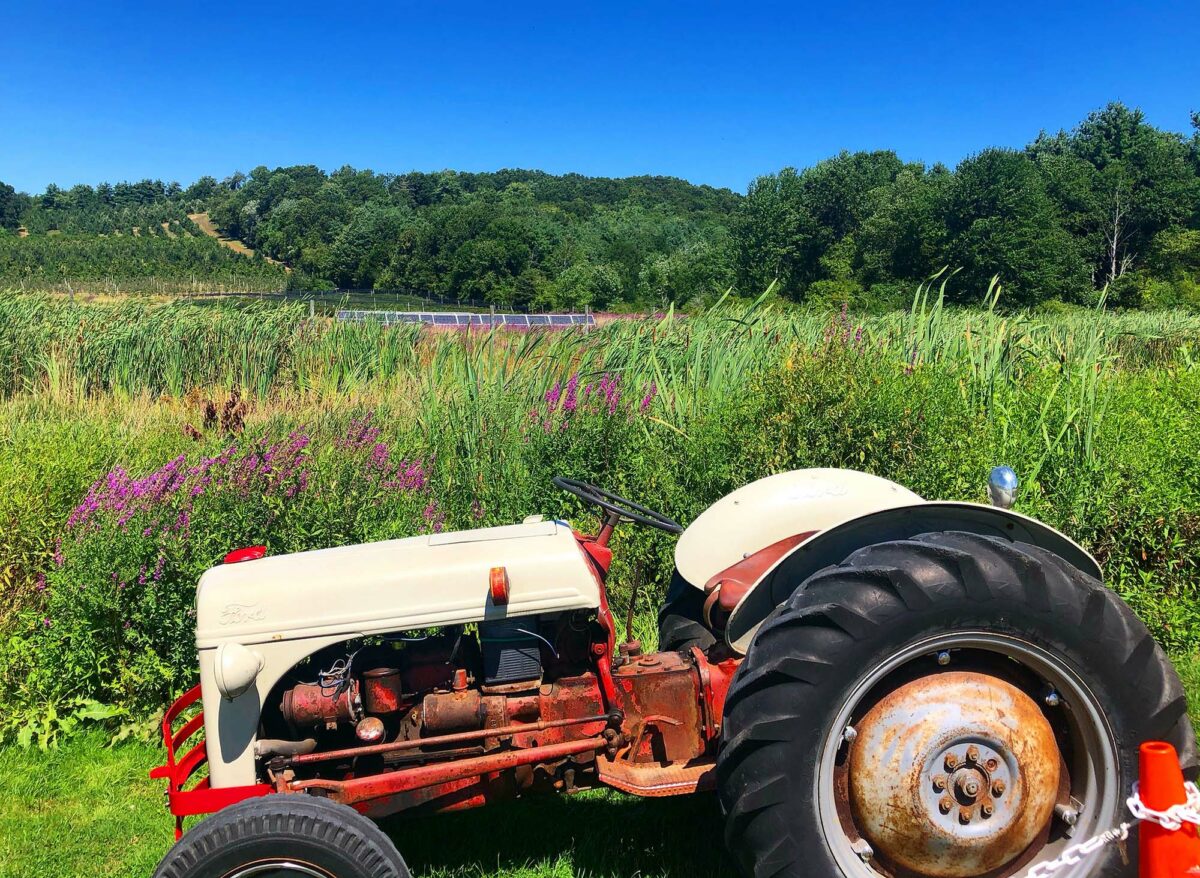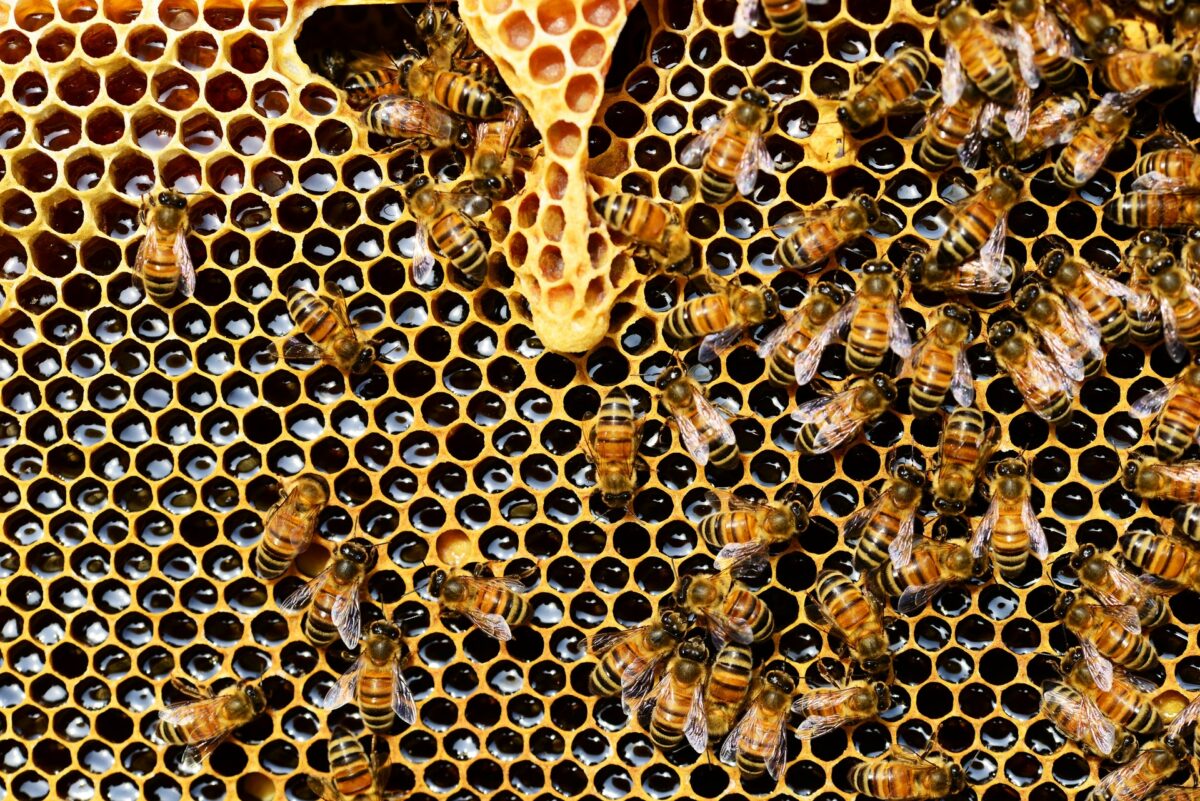Varroa destructor has wormed its way into beehives in Australia.
A parasite has arrived on Australian shores, and it could be bad news for bees. The parasite, known as varroa mites or varroa destructor, feeds on and can kill bees. After officials identified the parasite in hives near New South Wales’ Port of Newcastle, an emergency biosecurity zone was created to prevent it from spreading. Despite this, as of June 25, the parasite was detected at hives roughly six miles from the port. Cormac Farrell, Australian Parliament House’s head beekeeper, described the situation as “like Covid for bees.”
Similar to COVID prevention, Australia’s current parasite prevention method includes lockdown. A movement ban for apiaries across New South Wales could halt further spread. As Farrell explained, “we have to stop [the parasite] at the border to stop it from spreading through the wider landscape and make sure that it can’t get out and infect other hives.”

While beekeepers wait for the outbreak to die down, Australia’s almond industry worries over what to do without bees. According to Tim Jackson, the Almond Board of Australia’s CEO, “the timing of the outbreak could not be worse for the almond industry.”
Almonds require bees for pollination. A bee shortage in August could devastate the country’s almond blossom season. Continued parasite problems could also impact apple crops in September and avocados in October. However, Jackson says, “it’s a bit early to be panicking.”
“All efforts have been made to minimise the impact of this incursion while also recognising the very serious threat that it poses,” Jackson told The Guardian.
As Australia’s beekeepers and almond industry work to mitigate possible damage, Farrell shares an important message.
“Even if it’s scary, please just sit tight,” Farrell said. “Let [Department of Primary Industries] do their job.”



